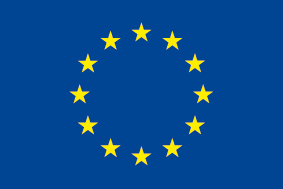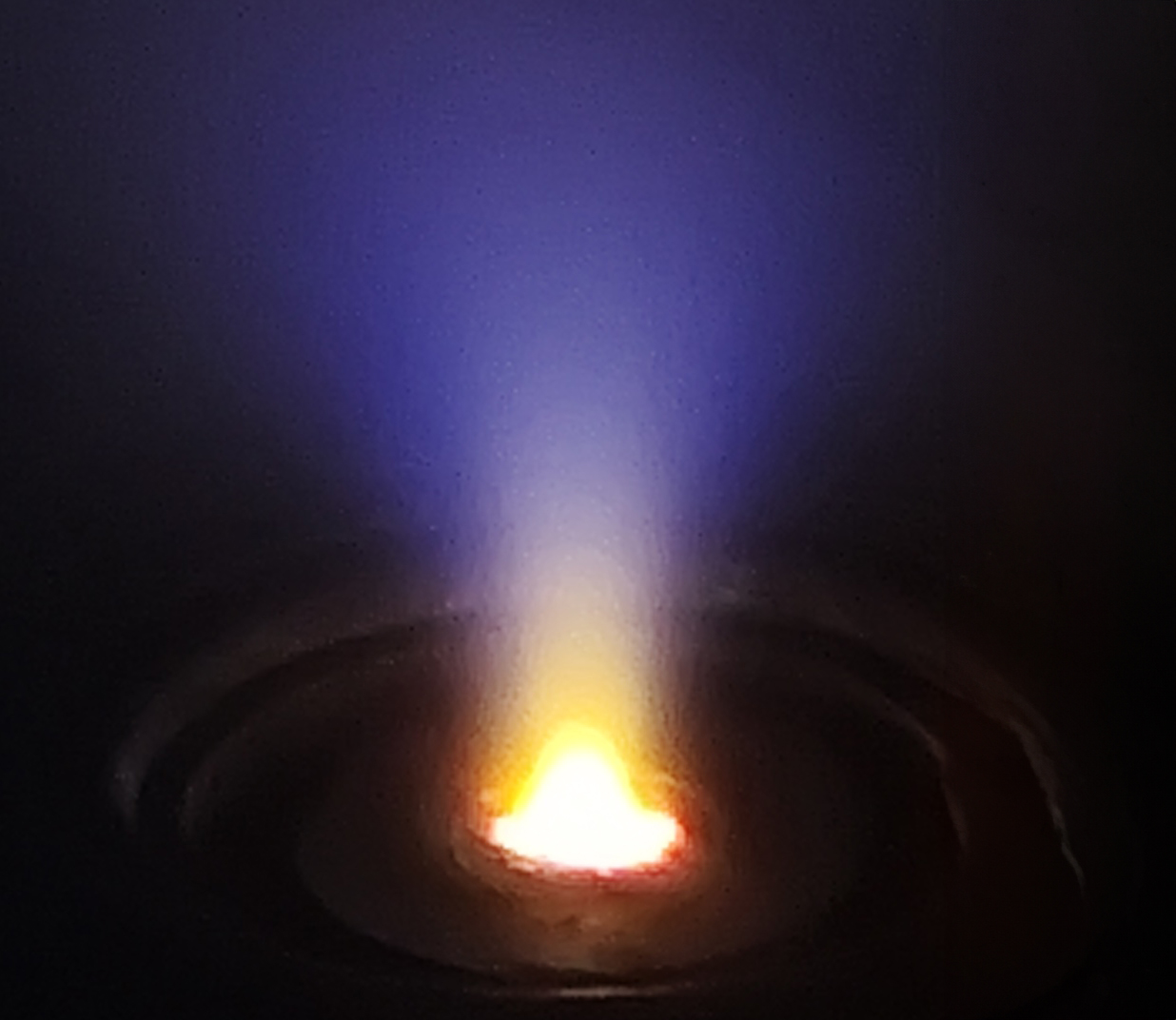With the anodic arc into the future
The EU-funded LUMINOSITY project brings together research and industry partners across Europe to further develop perovskite solar cells on flexible substrates. The project partner Fraunhofer FEP is making promising progress in the deposition of tin oxide and cesium iodide using its expertise in anodic arc evaporation. These innovative technologies are the basis for the development of flexible perovskite solar cells, which will enable environmentally friendly solar energy of the next generation. The project will be presented at the pro flex conference for roll-to-roll coatings of flexible materials on May 6 and 7 in Dresden.
In the European Union-funded LUMINOSITY project, 15 research and industry partners from nine European countries are working together to establish the essential fundamentals for perovskite solar cells on flexible substrates.
Project partner Fraunhofer FEP is investigating, among various other aspects, whether the anodic arc evaporation process developed by the institute is suitable for use in perovskite photovoltaics. This process uses a special electron source (hollow cathode arc discharge) and offers advantages for the targeted adjustment of layer parameters for a variety of materials. The combination of evaporation and plasma processes allows precise customization of the layer properties.
In previous projects, it has already been shown that the anodic arc evaporation can produce high-quality, droplet-free and smooth, extremely hard carbon layers (ta-C layers) for applications such as hard coatings. The anodic arc evaporation has also been used to successfully deposit transparent conductive layers for the next generation of silicon heterojunction solar cells.
So far, the method could only be used for electrically conductive materials. However, the LUMINOSITY project has achieved promising initial results for the deposition of tin oxide and cesium iodide.
Tin oxide is an important material for the innovative manufacturing technology for flexible solar cells pursued in the LUMINOSITY project. This requires protective and electrically functional layers that can be deposited gently – without damaging the underlying areas.
The evaporation of cesium iodide shows that, in the future, the deposition of the active perovskite semiconductor layer using this method could also be of great interest.
The innovative coating process can be easily scaled in coating width by combining several evaporation modules.
The LUMINOSITY project will be presented at the pro flex conference taking place on May 6-7 at the Fraunhofer FEP in Dresden with a lecture by Herbert Lifka of HyET Solar: “Scaling up a Roll to Roll line for flexible PV-modules”.
The consortium is taking the opportunity that leading experts in roll-to-roll coating technology from around the world will be meeting in Dresden on May 6 and 7, and will hold its consortium meeting shortly thereafter, after a duration of almost a year. The first technical results and the next steps towards commercialization of the technology will be discussed.
About LUMINOSITY
“Large area uniform industry compatible perovskite solar cell technology”
The project LUMINOSITY has started on 1st June 2024 and will run 48 months. The project has received funding from the European Union’s Horizon Europe Research and Innovation Programme under grant agreement No 101147653. LUMINOSITY consortium consists of 15 European partners, including research organisation, universities, and private companies:
- Helmholtz-Zentrum Berlin für Materialien und Energie GmbH
- Fraunhofer Institute for Electron Beam and Plasma Technology FEP
- Consiglio Nazionale delle Ricerche
- HyET Solar B.V.
- Eindhoven University of Technology
- Lund University
- Delft University of Technology
- AMIRES, The Business Innovation Management Institute, z. ú.
- InfinityPV ApS
- VON ARDENNE GmbH
- Hasselt University
- LPKF SolarQuipment GmbH
- Cyprus University of Technology
- Eidgenössische Materialprüfungs- und Forschungsanstalt (Empa)
The project coordinator is the Nederlandse Organisatie voor Toegepast Natuurwetenschappelijk Onderzoek TNO, the Netherlands.
www.luminosity-project.eu

The project has received funding from the European Union’s research and innovation programme.
Funding reference: 101147653
 Fraunhofer Institute for Electron Beam
Fraunhofer Institute for Electron Beam
